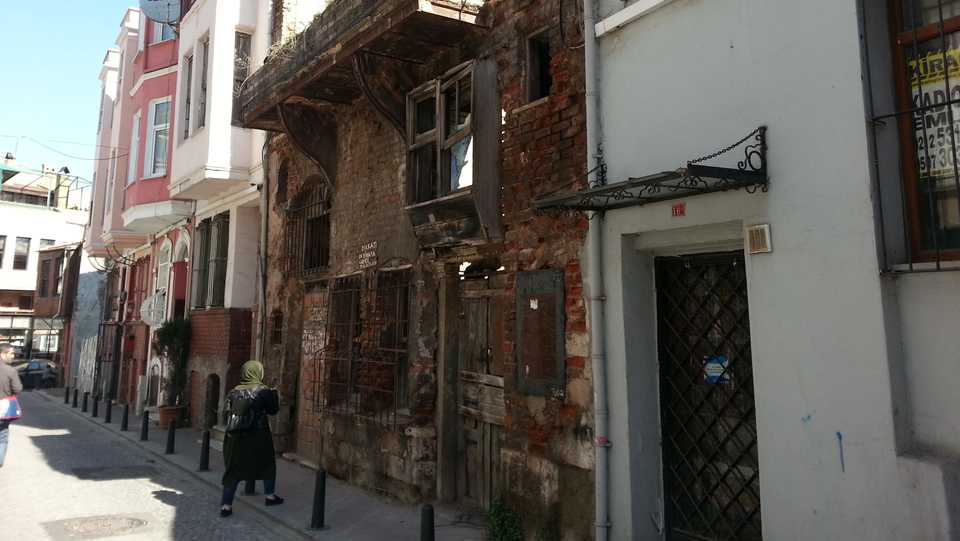
ISTANBUL, Turkey — It’s clear that the neighbourhood of Balat, situated in Istanbul’s historic Fatih district, is not what it once was. But that’s not the whole story.
Its ancient walls and often dilapidated townhouses stretch along the coast of the Golden Horn and up winding streets. Seeing them in cold sunlight brings to mind the huzun described by novelist Orhan Pamuk in his memoir Istanbul as a sense of melancholy mixed with nostalgia which he feels permeates the city.
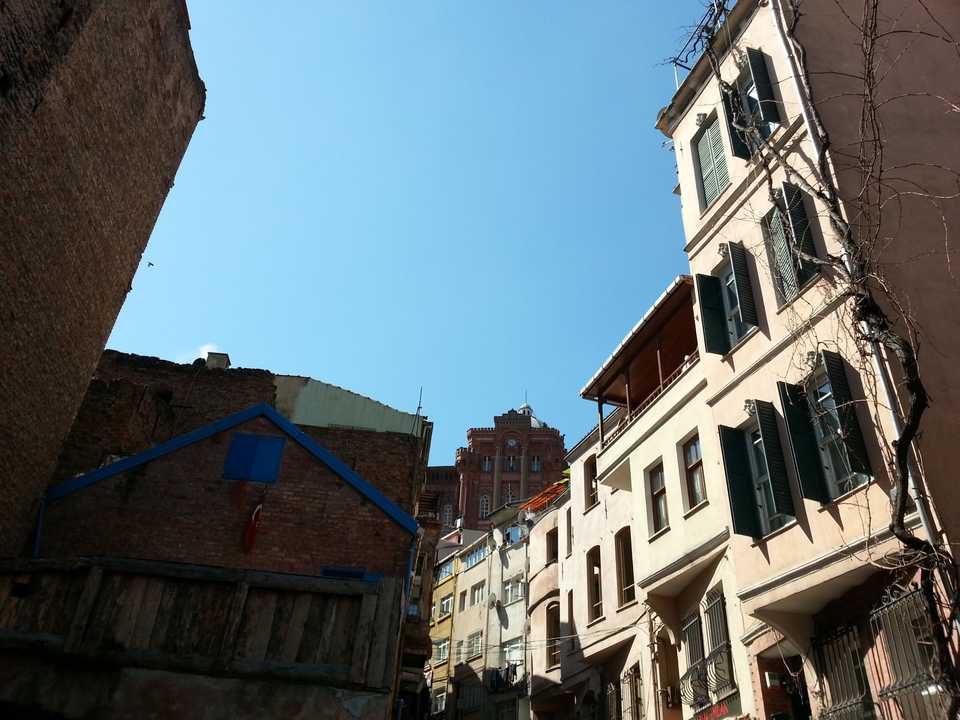
While much of Istanbul has changed beyond recognition in the last 100 years, Balat has retained a link between Turkey’s cosmopolitan Ottoman past and the present. Hidden among their multicoloured ruins and riches is the legacy of the city’s old Christian and Jewish communities.
Atop the hill of the intertwined neighbourhood of Fener, the domes of mosques flank that of the imposing Phanar Greek Orthodox College, which overlooks the visual variety below. Built in the 19th century, but embodying an institution going back much further, the “Great School” continues to educate Istanbul’s dwindling number of native Greek Christians, known as Rum for their descent from the Greek-speaking Eastern Romans (Byzantines).
“At the time Balat was very different from the Balat today. There were mainly Greeks, Jews and Turks,” Andon Parizyanos told TRT World. Parizyanos is a 69-year-old retired Rum teacher and current president of the Association for the Support of Greek Community Foundations in Turkey. He attended the college in his youth and often stayed with his grandmother in Balat.
“We had a deep neighbourhood culture. The neighbours were so close to each other it was as if they were relatives, ” he said, fondly recalling how, “during the long summer evenings everyone took their chairs outside their houses, drank coffee, ate dessert, and talked to each other in a brotherly manner.”

Moris Levi, a 61-year-old Sephardic Jew who works as a manager in Turkey’s Jewish Community Foundation, has similar memories. He would frequently visit his grandparents in Balat as a young child, and recalls how “Muslim neighbours, together with Jewish neighbours, they were drinking tea. Children were playing in the middle of the street… It was like a big family, the street.”
Intermarriage between the communities was common at the time. Levi remembers “a Jewish woman living with a Muslim husband, together with the husband’s first wife. Just in front of us; our neighbours.”
Levi said that in his parents’ time, Balat was divided into two areas — Afuera (“outer”) Balat and Ariento (“inner”) Balat — with different characters and their own social divisions. The names come from Ladino, a language closely related to Spanish that is still spoken today by some of the ancestors of Jews expelled from Spain who were welcomed into the Ottoman Empire.
Such long-lost distinctions point to other facets of daily life, which once coloured the lives of those who inhabited that world, which is now just a distant memory.
“People from those times are not there, the culture is not there,” Parizyanos said, explaining how at Easter time, Christians used to give pastry as a gifts to their Muslim neighbours, while on Kurban Bayram (Eid al-Adha) Muslims would give meat from sacrificed animals to Christians.
“A culture like this doesn’t exist anymore.”
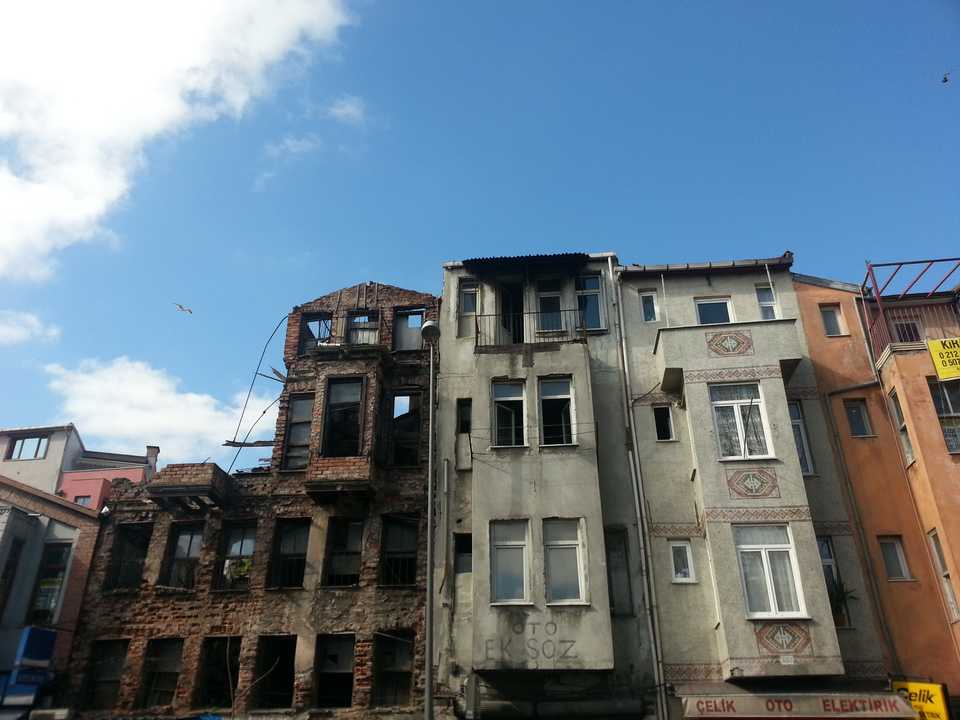
Loss and decline
The gradual loss of this centuries-long legacy can be explained by the changes Turkey experienced as it transitioned from an empire to an industrialised nation-state.
While tensions between Istanbul’s different communities occasionally erupted in Ottoman times, the greatest divisions came about during, and in the aftermath of, the First World War which gave rise to the modern Turkish Republic. Turkey’s religious minorities, viewed by many as having sided with the enemy or as potential conduits for foreign intervention, faced increasing suspicion and resentment.
Over the next decades, in times of crisis at home or abroad, these minorities periodically became targets of political and social unrest, or even punitive measures.
Parizyanos remembers how a Muslim woman, whose name he believes was Zehra Hanim, helped save his grandmother by inviting her in before a mob ransacked her house in the riots of September 6, 1955.
“No bodily harm came to her, but only the four walls of her house were left standing and they threw all her stuff to the road,” he said.
Parizyanos added that after the riots, many residents began to move to less exposed neighbourhoods such as Beyoglu, Kurtulus, and Sisli, or left Turkey altogether.
Other factors played a role as well in Balat’s decline, including the decreasing importance of the Golden Horn as a seaway, as well as the exorbitant costs for maintaining the ornate properties that gave the neighbourhood its unique character.
Sami Erkan, 59, who manages the Karakoy Cafe near the shore, has lived in Balat nearly all his life. He remembers watching films with Armenians at one of the neighbourhood’s previously numerous outdoor cinemas in his youth. He said the area was once heavily industrialised and had many factories, and that residents would proudly jest that their sewage would flow straight into the Golden Horn.
He tried moving to other parts of Istanbul, but kept coming back. When asked why, he answered “It pulls you in very hard… it’s like a drug, I just can’t stay away.”
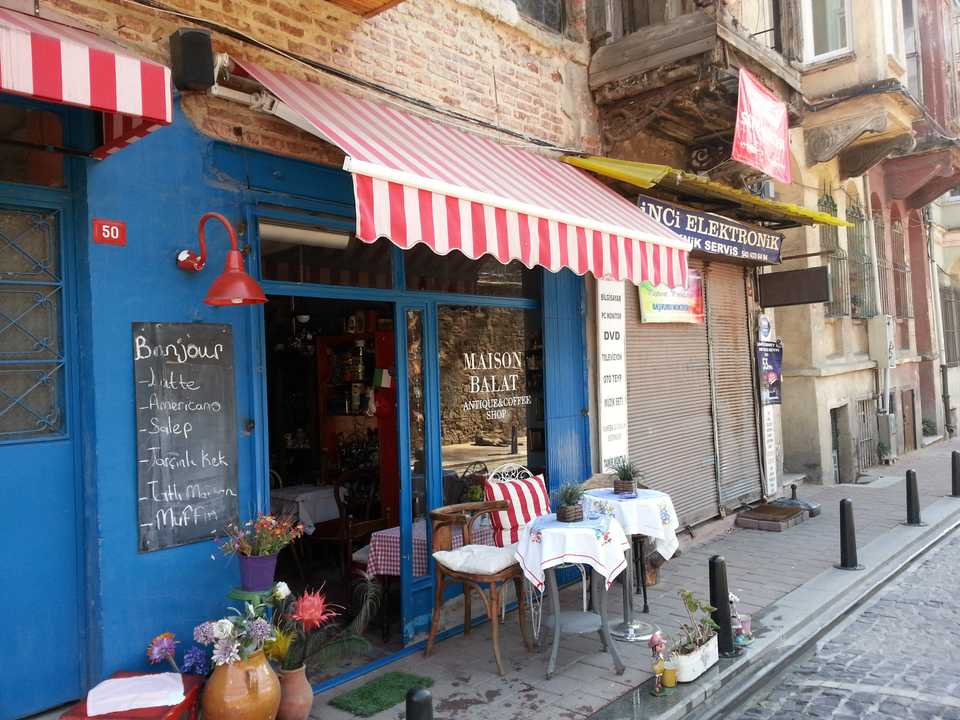
New life
Erkan says that things started picking back up after 1985, when the mayor of Istanbul began programmes aimed at renovating the shorefront and cleaning up the Golden Horn. Between 1998-2000 the European Union financed a rehabilitation project in Balat that successfully restored many buildings.
This resulted in the neighbourhood evolving once again. Cafes, boutiques and art spaces have popped as a result of Balat’s authentic nature and reasonable property prices. Erkan says he believes that a house he sold in 1996 would be worth at least twice as much today.
Suela Cennet, 32, a French curator with Turkish-Albanian roots, decided to set up a contemporary art gallery named The Pill down by the Golden Horn. She told TRT World that one of the main reasons she chose the location was because, “It’s very untouched, it’s very preserved. It’s what Istanbul used to be.”
Cennet feels the surroundings fit with her focus on art with anthropological traits. She wants her gallery to be part of the community it is situated in and give back to it. “It’s very simple, it’s down to earth… Everyone knows each other’s names. It’s like a small village,” she said.
But it’s not only young professionals and creative types who have made Balat their home in recent years. Many refugees fleeing from war and instability in Syria and other countries have also moved in.
Shahla Raza is the founder and director of the Yusra Community Centre in Balat, which works to help improve the conditions of Syrian families and other displaced people living in the area. She had been volunteering as an aid worker in Hatay and Istanbul, and set up the centre because it was hard to access families door-to-door.
She was previously evicted from an apartment elsewhere in Istanbul for using it to store donations, and said one of the benefits of working in the area is that “it’s so much friendlier and [it] almost feels like [people are] looking out for you.” That might be because “up until now it’s preserved a lot of the authentic, old, culture and the atmosphere, the ambience is still at least traditional”.
“People around in the area are also now picking up the languages. And they know that this is Arabic, or this is Afghan, or this is a different language… So now it’s becoming more mixed again.”
While the Syrians and other newcomers, such as Iraqis and Egyptians have helped revive some of Balat’s lost cosmopolitanism, Raza said that their situation has become more precarious due to the neighbourhood’s increasing desirability.
“Landlords are asking them to move, obviously because they’re not getting the rent that they want,” she explained.
It’s a problem that’s also affecting Cennet, who said, “this year we fought to stop the rise of the rents, because obviously with all the gentrification starting here the owners of the building have wanted to raise the prices”.
While initiatives like Cennet’s gallery have been able to attract wealthier people to the area, rising rent prices have put them in a more difficult position. The irony is not lost on her; she argued to her landlord that “we are also participating in making the neighbourhood more dynamic, and that it shouldn’t come back to haunt us.”
But despite such difficulties, Cennet hasn’t noticed much change in the character of Balat in the two years has been working there. She smiles when recalling the time locals helped her out by bringing chairs from a nearby restaurant to an exhibition they were holding. For her, like for Parizyanos, “What makes the neighbourhood, above all, is the people who live here”.
In a way, the story of Balat can tell us something about Turkey. Both are still coming to terms with the upheavals of the 20th century and the complex legacy of a forced push towards modernity, and are now struggling to redefine themselves once again.
Murat Sofuoglu contributed reporting for this article.

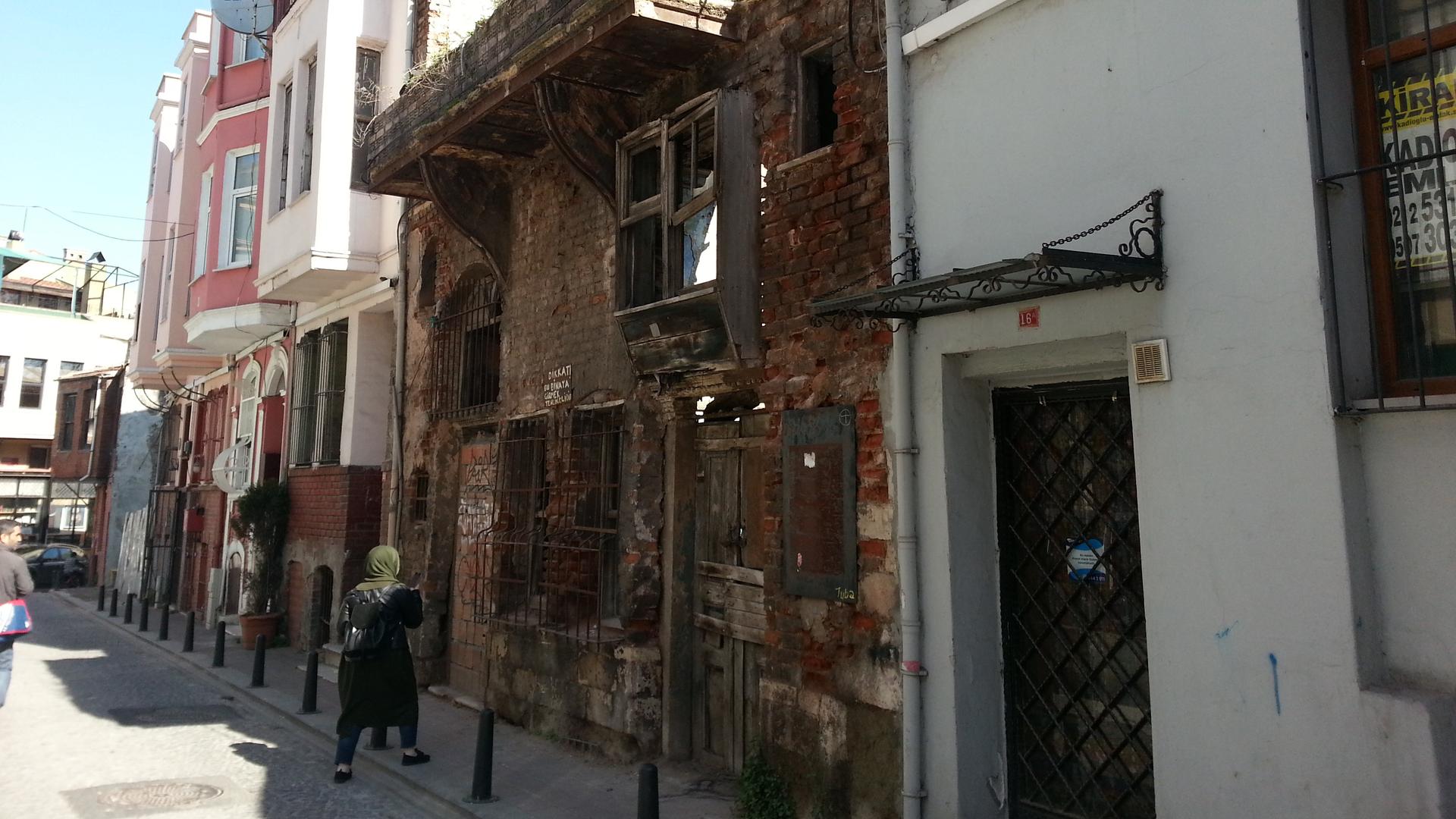








Discussion about this post